Christmas is upon us once again, and with it come our most cherished holiday traditions. We will be setting up our trees, hanging our stockings, searching stores for the perfect gifts, singing Christmas classics, and more. But have you ever wondered where and when these traditions started?
Today, we explore some of our most iconic Christmas traditions and where in the world they originated from. Along with a little travel inspiration and advice should you wish to travel to these destinations and seek out the source!
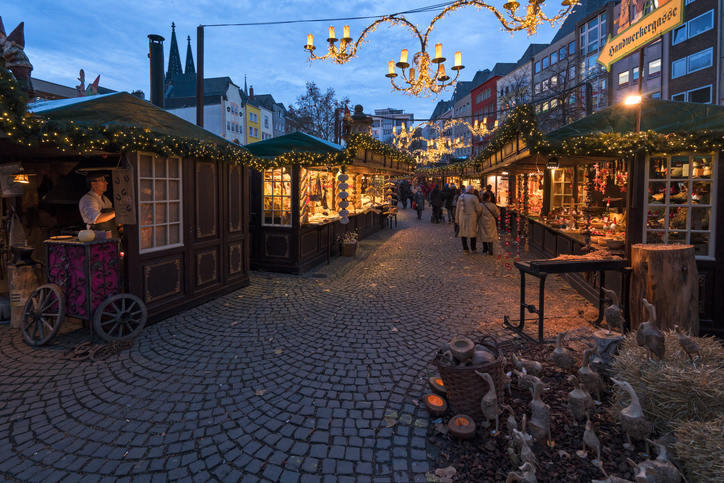
Candy Cane: Cologne, Germany
Our beloved candy cane, which makes an appearance every Christmas Season, serves pretty much the same purpose it did back in the 1600s. A choirmaster in Cologne, Germany requested a candy maker to create a sugary treat which would quiet the rambunctious children during the church’s nativity scene re-enactment on Christmas Eve. The cane-like shape was made to resemble that of a shepherd’s cane, thereby tying it in with the nativity.
The tradition of handing out candy canes during nativity plays began to spread throughout Europe and eventually, the colourful sticky sugar sticks would make their way to Australia, although they have lost their association with religion along the way.
Explore this 2,000-year-old city on the Rhine River with its impressive Cologne Cathedral, which can hold up to 20,000 people. Visit numerous Romanic churches, place a love lock on Hohenzollern Bridge, or visit the Old Town, which was nearly completely destroyed during WWII.
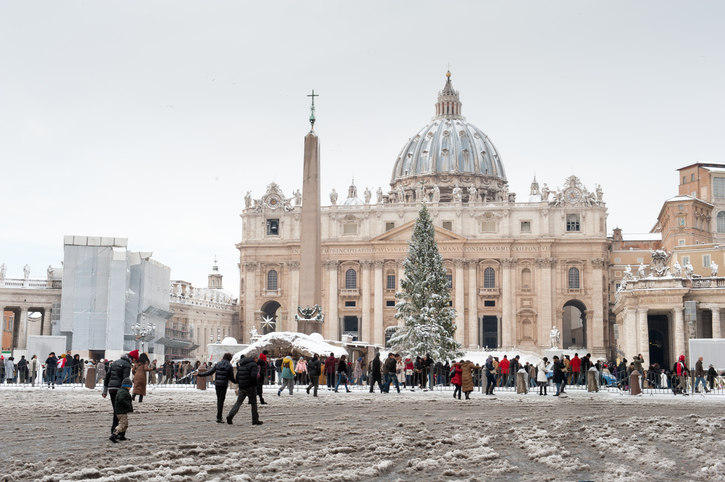
Gift Giving: Rome, Italy
Although many believe the tradition of gift-giving around Christmas was started by the magi bringing gifts to baby Jesus, the act of giving gifts in the month of December actually began with the Romans. Even before the birth of Christ, the Romans would honour the god Saturn through ceremonies of Saturnalia, which took place for 7 days beginning on December 17. Trading gifts was thought to bring good fortune for the year ahead.
Although celebrating Saturnalia would fade, Christians would continue the tradition until they too stopped the tradition around the 4th century. It would take Queen Victoria to revitalise the Christmas tradition of gift giving, so we all have the British monarchy to thank for our pressies each year.
Pay a visit to Rome for Christmas to experience the Midnight Christmas Mass at the Vatican or watch Pope Francis give his Christmas Day Urbi et Orbi speech from St. Peter's Square. Unlike Australians, Italians don’t return or exchange gifts as most stores don’t allow for it.
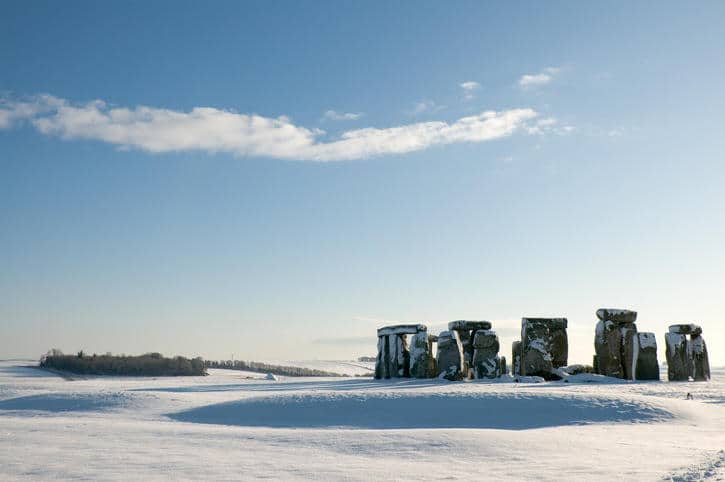
Christmas Carols: Stonehenge, England
Although technically not originating at England’s famous Stonehenge, winter songs have European roots dating back thousands of years. To celebrate the Winter Solstice (December 22nd), pagans would sing songs as they danced around stone circles like Stonehenge. Stonehenge, one of the world’s most ancient astronomical monuments, famously aligns to the solstices, and to this day, thousands of travellers flock to the ruins to witness the Winter Solstice.
After a few centuries of dormancy, winter songs were once again sung, but this time by Christians, but instead of the pagan songs, they sung ones ones better suited for the Christian faith and they would spread to Italy, Spain, Germany, and the rest of Europe. The Austrian Joseph Mohr would introduce us to “Silent Night” in 1818, and many other of our favourite Christmas carols would follow in the 1800s.
Day tours can easily be arranged from London to not only take in Stonehenge, but also Windsor Castle and Bath. In addition to the Winter Solstice, the summer months can also get quite busy, so arriving early or late to beat the crowds is your best bet.
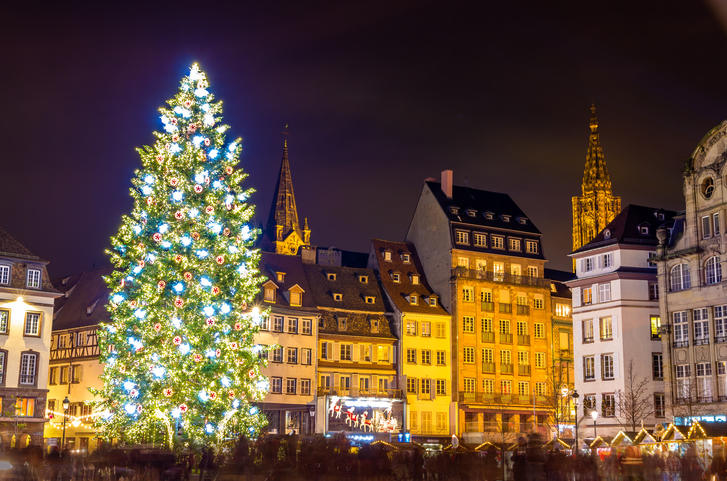
Putting up the Christmas Tree: Alsace, France
The origins of the Christmas Tree are a little trickier as evergreen trees have been used as symbols or for celebrations by the Egyptians, Chinese, Vikings, and Germans, to name a few. Different cultures saw similar symbolic meanings in the evergreen tree and incorporated it into symbolic religious imagery. The first recorded Christmas tree used by Christians was in Alsace, France.
Located along the Rhine River in France, the region is about a two-hour drive northwest from Zurich, Switzerland. A visit to Alsace during the holiday season provides travellers with a traditional Christmas. Timbered houses are adorned with fairy lights, the smell of gingerbread fills the air, and Christmas music soothes the ears. The region also offers visitors to explore the nearby Christkindelsmärik or Christmas market located in Strasbourg. The oldest Christmas market in France, it has been held since 1570. Once part of Germany, the region definitely has a Germanic feel to it.
Cities across France put up Christmas trees in cathedrals, public places, and homes. Trees have come a long way since the first one appeared in Alsace in 1521, which was decorated with red apples. Now you have ornate ornaments crafted out of every material imaginable. The evergreen was chosen because it stayed green during the winter, a symbol of eternal life. Whereas the French use Nordmann and Noble fir trees as Christmas trees, Australians opt for the Monterey pine native to California.
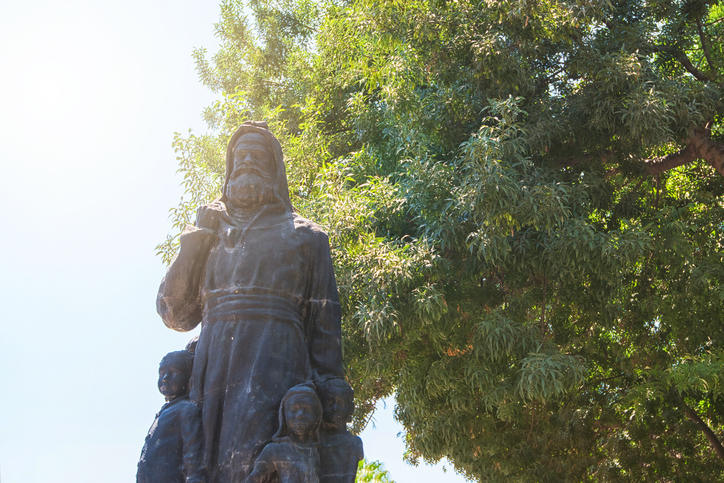
Awaiting Gifts from Santa: Turkey?
Santa, Saint Nicholas, Father Christmas, Papa Noel, Kris Kringle, there are many names for the big jolly guy that delivers all our long awaited gifts each Christmas season and each one has roots in different regions of the world.
Saint Nicholas was a 4th century Christian bishop from the ancient Greek town of Myra, which is now in present day Turkey. Somehow, his remains now reside in Bari, Italy.
Children of the Netherlands and Belgium celebrate Sinterklaas, where gifts are opened on either St. Nicholas' Eve (Dec 5) or Saint Nicholas Day (Dec 6).
The English brought us Father Christmas when he was introduced during the 16th century under the reign of Henry VIII.
And many countries await Christkind to bring them gifts. This includes Austria, parts of Germany, Switzerland, the Czech Republic, Croatia, parts of Italy, Slovenia, Liechtenstein, and........you get the idea, a lot of countries! Far from the description we associate with Santa, Christkind is portrayed as a young, angelic, blonde-haired girl.
One tradition you should always follow if you plan on travelling this holiday season is to consider protecting your trip with a travel insurance policy. This will give you the added peace of mind you need to enjoy all of your other favourite Christmas traditions.
